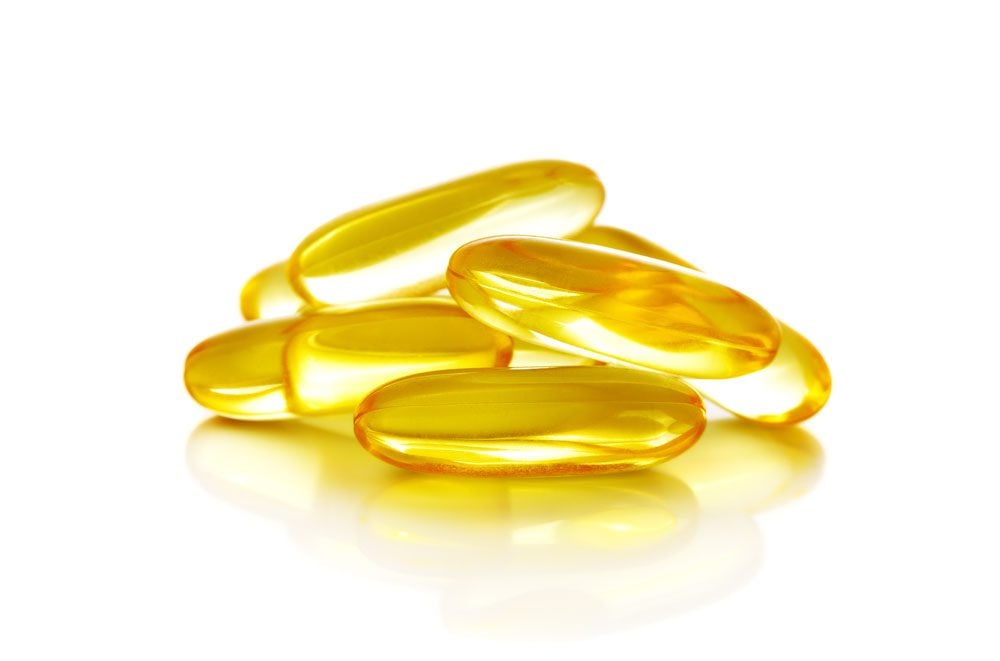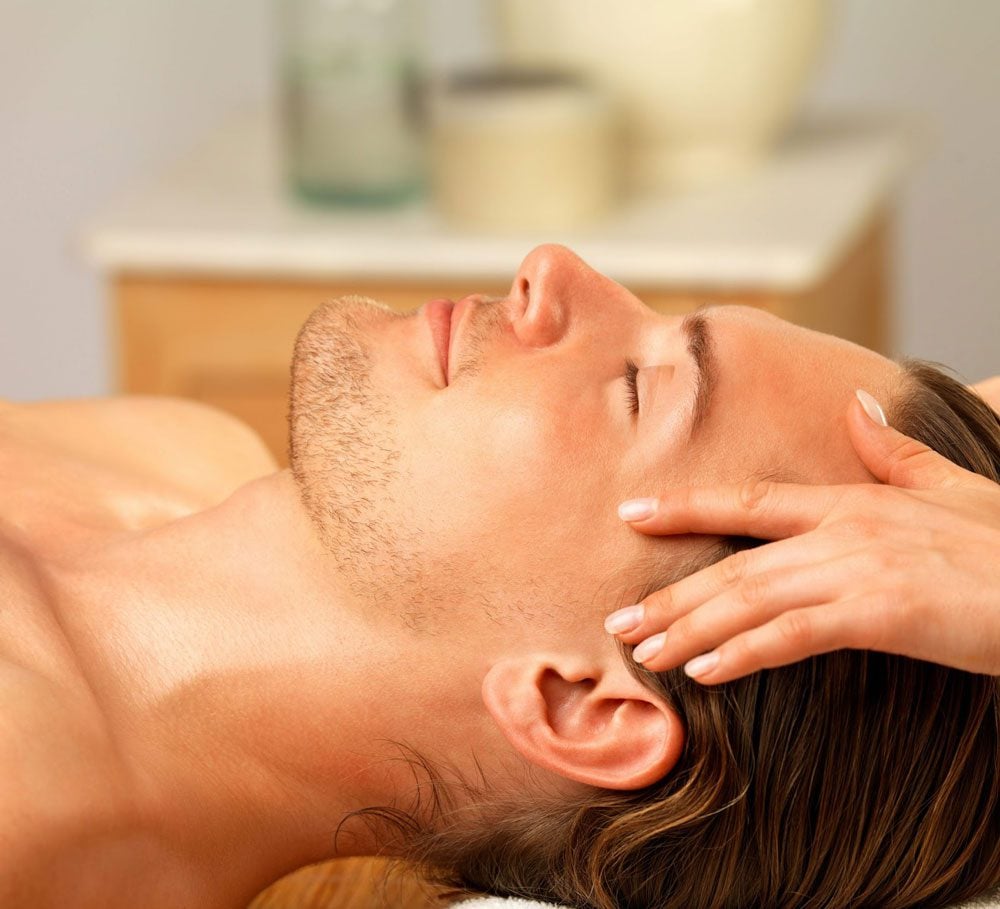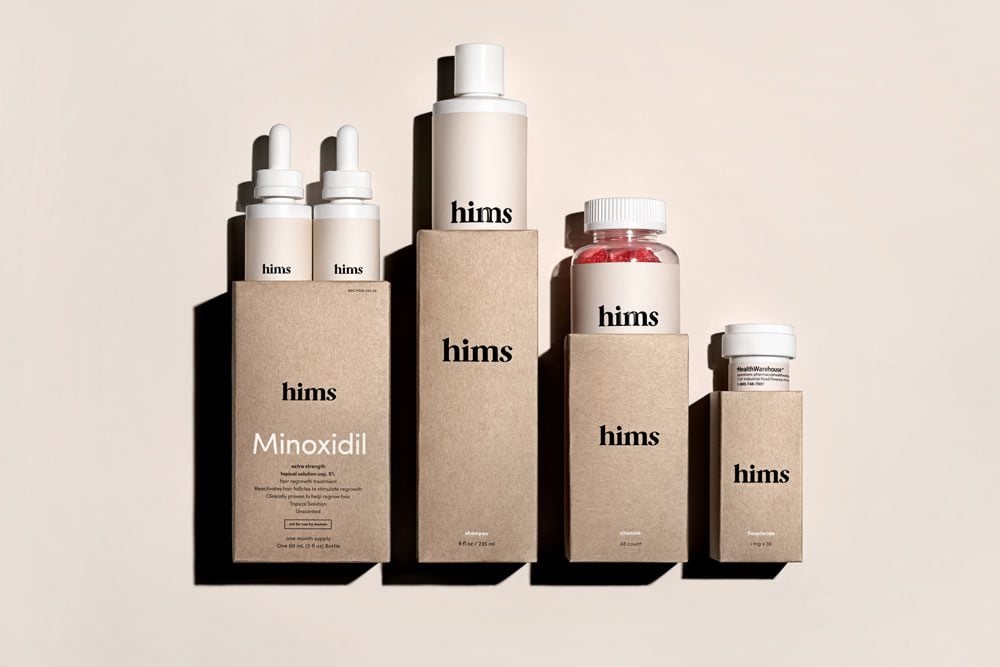How to Save Your Hair
Navigating What Works and What
Doesn't


















Written by Salvatore Marashi
Saving your hair might be the
most important quest you’ll ever embark on. There are few things more
depressing than seeing those beautiful locks of yours start to fade away. Thus
the daunting journey into the complex, volatile and seemingly endless world of
hair care begins.
Before you start to feel too
lost, you’re not alone. There are millions of men across the world struggling
with hair loss and there are solutions. Keep reading and we’ll guide you
through what works and what doesn’t so you can get on track to solving this
age-old problem.
Facts and Science

Before we go further, we need
to lay down some facts and some science. By the age of thirty-five, over
two-thirds of men will have experienced some form of hair loss. Scientists
aren’t entirely sure what causes it but they do have an idea. A compound called
DHT binds to your hair follicles over time. Unfortunately, this DHT which your
body produces naturally becomes too much for your hair follicles and
miniaturizes them over time. Eventually, they die off and hair loss becomes a
reality. So why doesn’t this happen to everybody? Genetics.
Before you think it’s in your
destiny to suffer the woes of hair loss, there might be other culprits to
examine first. Hair loss can be triggered by many things. These include stress,
poor diet, injury, inflammation and a myriad of other causes. So before you try
to cure yourself, talk to a dermatologist or hair loss specialist. They should
be able to clarify the root of the problem (no pun intended).
Holistic Approaches

Before you start looking for
medical solutions, you might want to gravitate towards more holistic
approaches. That’s totally understandable. However, you’re going to need some
help sifting through what works and what doesn’t.
Let’s start with what works!
Everyday Health with
Multi-Vitamins

Like we said earlier, hair
loss can be caused by a deficient diet. So if you can’t remember the last time
you ate something that wasn’t brown or deep fried, you might fit into this
category. In fact, most men don’t get all the nutrients they need. If you’re
not already, you should be taking a multivitamin. Once you’ve got that down,
you can start considering the next options.
All-Important Biotin

Biotin is a water-soluble B
vitamin that aids in healthy skin, hair, and nails. This is one of the best
options for combating hair loss. While it won’t prevent hair loss per say, it
does strengthen your hair and scalp to prevent further loss.
Fish Oil Supplements

These supplements have been
shown to improve a ton of different functions in the body. Functions range from
skin quality to memory retention and most importantly, in this case, hair
health. Some side effects caused by
these supplements include blenching and the possibility of an enlarged
prostate. To deal with bleaching, take with meals. This will help the pill
digest properly and should do the trick. For the second side effect, simply
keep your doctor aware and informed. Side effects of prostate enlargement are
not common but should be looked out for.
Shampooing Wisely

Another thing to consider is
your shampoo. That trusty bottle of teenage scented shampoo that you’ve been
using since high school, isn’t going to cut it. Instead, look for shampoos with
vitamins and minerals that stimulate your scalp and give hair the nutrients it
needs.
While shampooing is probably
part of your everyday ritual, daily use can strip your hair of its healthy
oils. We can’t tell you exactly how many days a week to shampoo, that’s
something you’re going to have to figure out on your own. While many men
shouldn’t wash their hair every day, there are exceptions. Those with naturally
oily hair or dandruff will be better off sticking to a more consistent
ritual.
One shampoo to consider is
called Nizoral. It’s an antifungal shampoo that has been found to reduce DHT
levels that build up on the scalp. This stuff is extra strong so only use it
once or twice a week. The good news with this is you should start to notice
some improvement pretty soon after incorporating it into your routine.
The Surprisingly Important
Scalp Massage

Perhaps the most effective
treatment you can do at home is the scalp massage. Pretty simple huh? Scalp
massages encourage blood flow to your head and hair. This makes sure hair
follicles don’t go dormant. Studies have shown that scalp massages
significantly increase hair health and retention. Spend about five to ten minutes
every day, giving your scalp some love.
What Doesn’t Work
There are a near-infinite
amount of holistic “solutions” out there. Most of these have no real scientific
data to back them up. In other words, they’re nonsense.
The Countless Variety of
Vitamins

There are a lot of vitamins
out there that people claim are the fix for your hair loss problems. A word of
warning with these. Your body likely doesn’t need any more of these vitamins
like zinc or vitamin C, especially if you’re taking a multivitamin. Taking
extra doses of these vitamins might do more harm than good. A build up in your
body can cause a whole host of nasty side effects and worse yet might do
nothing to help your hair.
“All-Natural” Oils

You will see tons of people on
the internet claiming that using certain oils saved their hair. While natural
oils aren’t something to be scared of, the likelihood they’ll save your hair is
pretty much non-existent. These oils will definitely aid in moisturizing your
hair but come with the possibility of overdoing it. Coconut and castor oils are
common and sometimes good choices but definitely, have their cons. For guys
with fine hair, avoid these oils at all cost. Your hair isn’t thick enough to
handle them and your hair follicles can suffocate. A final point, these oils
have no scientific evidence to support their claims so if you choose to use
them, then you’re likely working off anecdotal evidence. Not a great idea.
Medical Solutions (i.e. things
that actually work)
Ready to consider something
more powerful? Maybe scientific studies
and positive results sound appealing? Well, they should. There’s really only
two FDA approved solutions out there. So let’s break them down.
Minoxidil

Also known more colloquially
as the brand name Rogaine, minoxidil is a vasodilator. You’ve likely heard of
this. Rogaine has become synonymous with dad grooming for years. There’s a
reason too. It’s the most popular hair loss solution out there. So what does a
vasodilator mean? Basically, it brings blood to the scalp to encourage hair
growth. Think of that scalp massage but a thousand times more intense.
Rogaine comes in either liquid
or foam solutions. To use, simply put in clean hair once in the morning and
once at night and massage into the scalp. When starting Rogaine, a fair amount
of hair shedding is to be expected. This is your body getting rid of the week
hairs and replacing them with thicker, stronger ones. After a few months,
results should start to show.
This treatment isn’t perfect
though. Studies have come out demonstrating that not everyone sees results. In
fact, more men don’t see results then do. Also, evidence suggests that its
effectiveness may decrease over time. There are also side effects that include
itchy scalp and light headaches. Another unfortunate reality is that Rogaine
only works while you stay on it. Quitting will cause all the hair you’ve gained
to fall out and hair loss to continue as normal once again. So this is a
treatment for life.
Ultimately, Rogaine has proven
an effective solution for many men throughout the years. Studies show that it
is unlikely to cause serious side effects and should be a welcome addition to
any hair care treatment plan.
Finasteride

Now we get to the big drug in
hair loss. If you’ve heard of Finasteride also known as Propecia, then you’ve
likely heard all the controversy surrounding it. Propecia was released to the
market in the 1970’s as a hair loss cure. It works in the body to inhibit DHT levels
and prevent it from binding to your hair. Thus the results showed a massive
reduction in DHT and a stop to the continuation of hair loss in most users.
Several studies have shown it to regrow hair in over sixty-five percent of men
and stop hair loss in a whopping eighty six percent. You’re probably wondering
what the problem is then.
At first, it was seen as the
end all be all of the hair loss dilemmas. Since then, reports of downright
nightmarish side effects started to surface. These include things like low
libido, sexual dysfunction, and impotence. This has been enough to scare off
many men from taking this drug. So are these something to be concerned with?
In all honesty, not really.
Less than three percent of men report any type of side effects, including minor
ones. More so, in clinical trials, about half of the men who reported side
effects were on the placebo drug rather than actually taking Finasteride. Don’t
forget to take into account that sexual problems become more and more common
with men as they age. Potentially, many of these reports could stem from
something that would have occurred outside the drug. Don’t let the hair loss
forums scare you. You’re highly unlikely to have any side effects. More so,
many of the men who did experience them saw them disappear completely within a
few months of continued use. However, you should always consult with your
doctor before starting any medication.
Hims

Like what you’ve seen so far?
Hims offers many of these treatments in their subscription boxes. They are a men’s wellness brand specializing
in hair loss and erectile dysfunction. With their monthly hair loss boxes, you
can skip that long wait at the pharmacy. Their hair loss kits come with a
thirty day supply of Finasteride 1mg tablets, DHT blocking shampoo, minoxidil
5%, and daily biotin vitamins. These all work in tandem to strengthen hair,
support regrowth and stop hair loss for life. To sweeten the deal, their prices
are quite a bit lower than what it would be to get direct from the pharmacy.
Lasers

Say both Rogaine and Propecia
don’t seem like the solutions for you, there are a couple of newer options out
there. One of these is low light laser treatments. Lasers have seen some
promising results in recent studies. They have been shown to increase hair
volume and density as well as aid in retention. However, these treatments are
expensive and require somewhat frequent applications. There are at home laser
solutions as well. Though these have fewer studies behind them and their
effectiveness might be diminished.
PRP Solutions

PRP uses your own plasma-rich
blood to stimulate hair growth. Doctors take a blood sample which they then
inject into your head with a set of tiny needles. While the treatment is in its
infancy, the trend is catching on. Its main drawbacks are the price for
multiple and repeated sessions as well as finding doctors familiar with the
procedure. The last hurdle is since PRP is a newer hair loss treatment, there’s
limited data on its effectiveness.
The Fix-All: The Hair
Transplant

We come to the last major hair
loss treatment, the hair transplant. Transplants come in two forms, FUE, and
FUSS.
FUE
Known as follicular unit
extraction is where the doctor removes hairs from the back of your hair and
inserts them into surgical slits that they have made in the scalp. This often
leaves tiny scars on the back of your head which will be covered up as hair
regrows.
FUSS
Follicular unit strip surgery
is a bit different. FUSS has the surgeon remove about ten inches of skin from
the back of your head and divides it into thousands of tiny grafts. These are
then added to your scalp where hair loss has occurred.
On average these two
procedures last between four to eight hours and have pretty short downtime.
Drawbacks to these include the substantial price tag, shock loss of neighboring
hair, and the fact that multiple transplants might need to be performed. Often
these surgeries are used in conjunction with treatments like Minoxidil and
Finasteride. However, hair transplanted in surgery will likely stay for life.
Bald Gracefully

Losing your hair isn’t
necessarily the worst thing ever. In fact, it’s a natural process. Some studies
say that men can appear more masculine with shaved or bald heads. So maybe
there’s a silver lining to hair loss. If you’re starting to lose hair on the
top of your head, a great beard might do the trick.
For the moment, these are the
hair loss solutions out there. Although new hair loss solutions are being
tested all the time, many of these have the benefits of being on the market for
decades. Therefore, there’s plenty of data on the ones that work. Researchers
have made important strides in recent years but only time will tell which of treatments
will work.
Hair loss isn’t something that
you have to accept. Talk to your doctor and put a plan in place. The only sure
fire way to lose your hair is to do nothing about it.
Let us know in the comments
what solutions are working for you and how you keep your hair looking great!
Salvatore Marashi
SOURCE: THE GENTLEMANUAL
SOURCE: THE GENTLEMANUAL
Comments
Post a Comment